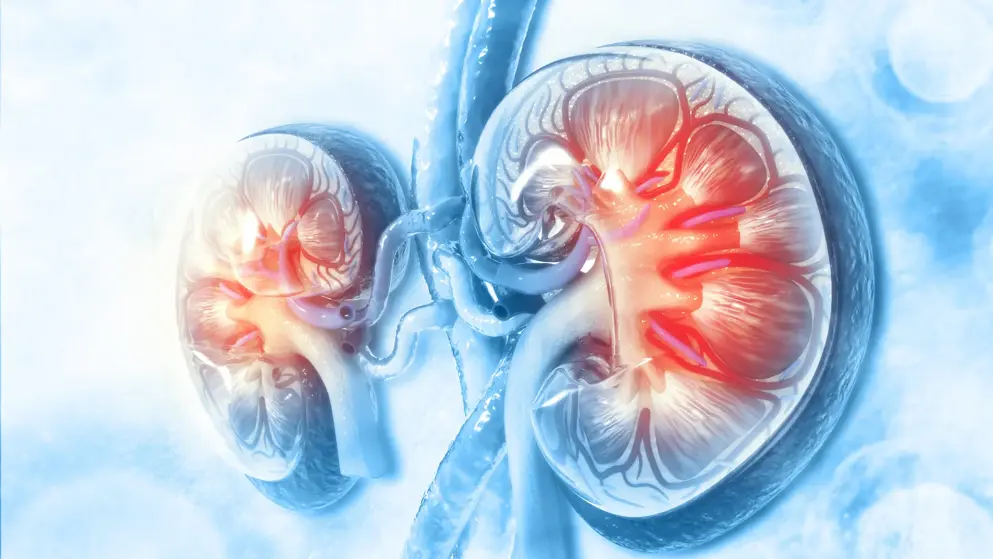Early Detection of CKD: Implications for Low-Income, Middle-Income, and High-Income Countries
Early Detection of CKD: Implications for Low-Income, Middle-Income, and High-Income Countries
CKD is common, costly, and associated with adverse health outcomes. Because inexpensive treatments can slow the rate of kidney function loss, and because CKD is asymptomatic until its later stages, the idea of early detection of CKD to improve outcomes ignites enthusiasm, especially in low- and middle-income countries where renal replacement is often unavailable or unaffordable. Available data and prior experience suggest that the benefits of population-based screening for CKD are uncertain; that there is potential for harms; that screening is not a wise use of resources, even in high-income countries; and that screening has substantial opportunity costs in low- and middle-income countries that offset its hypothesized benefits. In contrast, some of the factors that diminish the value of population-based screening (such as markedly higher prevalence of CKD in people with diabetes, hypertension, and cardiovascular disease, as well as high preexisting use of kidney testing in such patients) substantially increase the appeal of searching for CKD in people with known kidney risk factors (case finding) in high-income countries as well as in low- and middle-income countries. For both screening and case finding, detection of new cases is the easiest component; the real challenge is ensuring appropriate management for a chronic disease, usually for years or even decades. This review compares and contrasts the benefits, harms, and opportunity costs associated with these two approaches to early detection of CKD. We also suggest criteria (discussed separately for high-income countries and for low- and middle-income countries) to use in assessing when countries should consider case finding versus when they should consider foregoing systematic attempts at early detection and focus on management of known cases.
Read abstract on library site Access full article
Featured Learning Zones
You may be interested in...
The 2023 update of the German Society of Neurology’s guideline on Parkinson’s disease (PD) provides detailed recommendations on the use of transcranial brain parenchyma sonography (TCS) for early and differential diagnosis. This update addresses previously unspecified diagnostic criteria and investigator qualifications, offering a robust framework based on a systematic literature review.




